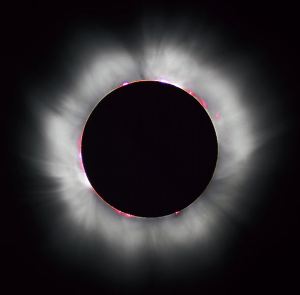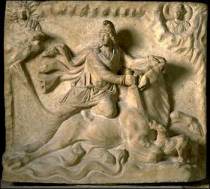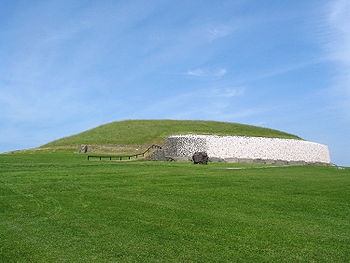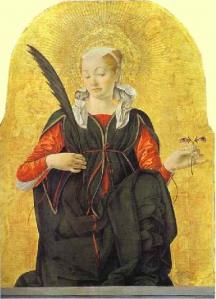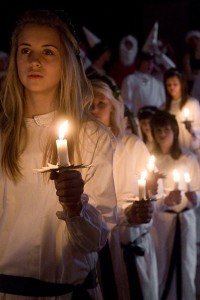June 21 (Northern Hemisphere)
It seems like just six months ago we were celebrating solstice…
There’s more reason to celebrate this time around, in this seasonally-affected author’s opinion: this solstice marks the longest day of the year rather than the shortest.
The changing of the seasons is due, of course, to the 23.5 degree tilt of the earth’s axis, a tilt which we in our everyday lives take for granted, but which has accounted for the framework in which plant life evolved on our planet, as well as for the traditions, rituals, and way of life of our species until the very recent past.
It’s only in modern times that the solstices completely lost their rep as two of the most badass days of the year. Summer Solstice was called Midsummer’s Day, marking the middle of summer rather than the beginning. Shakespeare’s fantastical Midsummer Night’s Dream alluded to the carefree, hedonistic days of late June and to England’s own not-to-distant pagan past.
In those days, however, the solstice fell on or around June 24 because of an inaccuracy in the Julian calendar. The calendar drifted from the solar year at a rate of about one day per century until the UK adopted the Gregorian calendar in the 1700s. Even today many countries still celebrate Midsummer Day and Night between June 23-25.
Today the sun reaches its northernmost point in the summer sky before beginning its long trip back south. To ancient eyes it appeared the sun was moving, not the earth. The word solstice comes from the Latin words sol and sistere, meaning “sun stands still”, as it appeared the sun, having reached its apogee, stood still for one day.
Superstition has it that whatever you’re doing on New Year’s Day is representative of how you’ll spend the following year, but I disagree, as most people don’t spend the entire year in bed recovering from a hangover.
No, it’s how you spend your solstices that are foretelling of how you’ll spend the next six months.
Unfortunately, I’m at work on a Saturday. But at least I’m blogging instead of doing what I’m supposed to. Maybe that’s indicative of something…
So have yourself a Super Solstice, go to the beach, light a bonfire, roast some marshmallows, kick back a few whatever you like to drink here (Sol cerbeza?), and save one for the author. Catch ya on the next trip around the sun.

